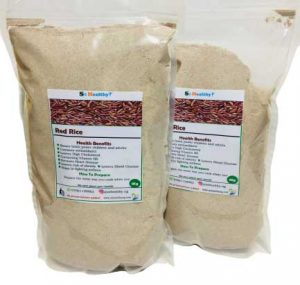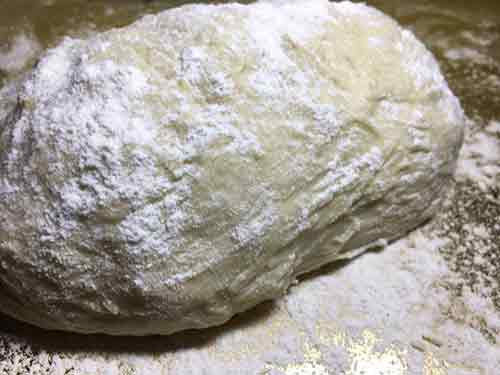Raw flour (dough) is a necessary ingredient in baking, but it could also be a source of trouble for an individual.
People who bake often find it necessary to taste for salt, sugar and other things.
Indeed, for bakers, it is almost a tough task to bake without putting raw flour in the mouth.
If you are part of people who do this, please, stop. There is trouble in the dough jar.
Really, it is necessary that you fight the urge to taste raw flour. Interestingly, you can just follow measurement and recipe to avoid trouble.
To help you, people who teach how to bake make sure you get measurement figures for the ingredients.
However, those who run away from calculation find that they go back to deep their fingers into the dough and taste.
Flour And Bacteria Infection
A 2016 study warned that you could get bacteria infection from doing so.
According to Shuang Wu, “raw cookie dough is a potential vehicle for Salmonella and Escherichia coli (E. coli) transmission.
Wu further stated that the high fat, high sugar, and relatively low moisture content characteristics of cookie dough may be responsible for this.
This characteristics trigger the cross-protection against stressful environments, and therefore, enhance the survival of pathogens.
Have You Read About: Why Your Weight Does Not Just Come Down?
Also, the Center For Disease Control and Prevention (CDC) has emphasised that flour (dough) is a raw food.
This means that it has not been treated to kill germs such as Escherichia coli, which causes food poisoning.
“Harmful germs can contaminate grain while it’s still in the field or at other steps during flour production.”
You may be of the opinion that flour has passed through some processes that should make it healthy.
No! The CDC said: “Processing steps like grinding grain and bleaching flour do not kill germs like E. coli.”
“Bacteria are killed only when food made with flour is cooked. This is why you should never taste or eat raw dough or batter—whether made from recalled flour or any other flour.”
Indeed, this is one of the reasons people request for brown bread. The one that is white may not have been totally cooked to the point that this bacteria will die.
Troubles With Bacteria
The CDC further highlighted that in (2016 and 2019), two outbreaks of E. coli infections linked to raw flour made more than 80 people sick.
One recommendation the agency has is that you should check your pantry for recalled flour.
Because Nigerians use baking flours from USA and some other countries, we recommend you check yours.
See list of recalled flour the CDC gave.
Also, egg which is often poured in dough further contaminates it. According to reports, “raw or lightly cooked eggs can contain Salmonella, a germ that causes food poisoning.
Eggs are safe to eat when cooked and handled properly. The water you threw your egg into before taking off the shell could also contaminate the egg. You may not wipe off the water completely before removing the shell.
Symptoms Of Bacteria From Raw Dough
Two major bacteria that could be in raw flour are E. coli and Salmonella.

The symptoms for E. coli infections vary but often include severe stomach cramps, diarrhea (often bloody), and vomiting.
According to the CDC people usually get sick 3 to 4 days after swallowing the germ.
Most people recover within a week.
People Also Loved To Read: 8 Ways To Stay Safe From Heart Disease
Unfortunately, some persons could develop a serious type of illness called Hemolytic Uremic Syndrome (HUS).
HUS could result in kidney failure, stroke, and even death.
Salmonella also presents different symptoms that could typically appear 6 hours to 6 days after being exposed to the bacteria.
Diarrhea, fever and stomach cramps are some of the symptoms.
“In most cases, illness lasts 4 to 7 days and people recover without antibiotics.
“Illness from Salmonella bacteria can be serious and is more dangerous for adults age 65 and older.”
Also, infants and people who have health problems or take medicines that lower the body’s ability to fight germs and sickness are at high risk.
Kindly share with your friends and loved ones to enable them imbibe the good habit of not tasting dough while baking.



